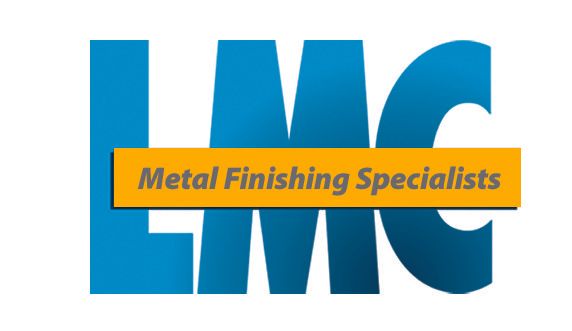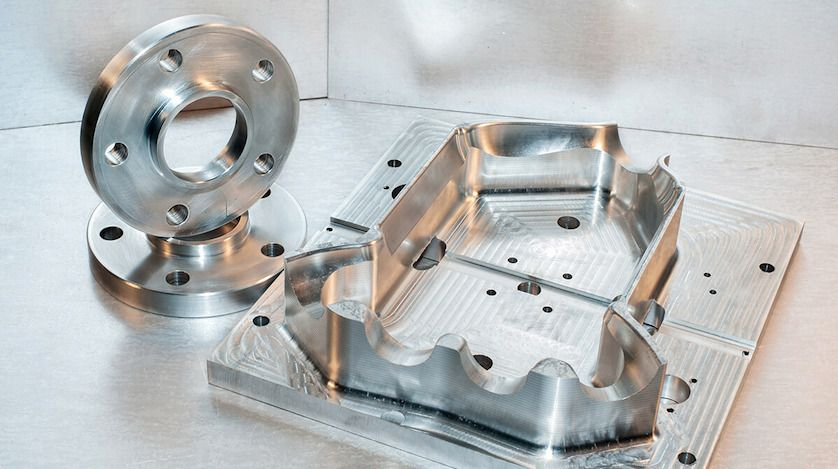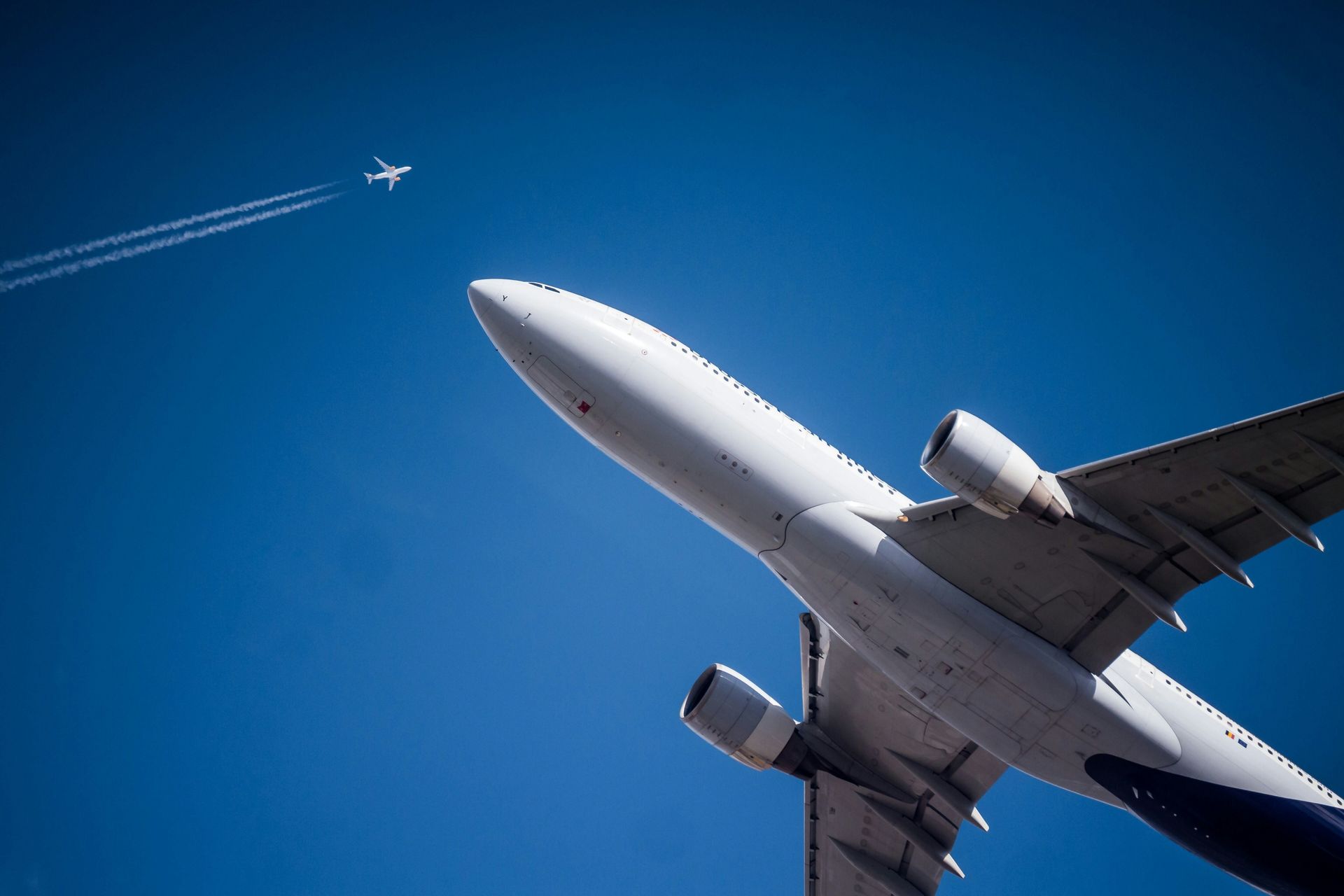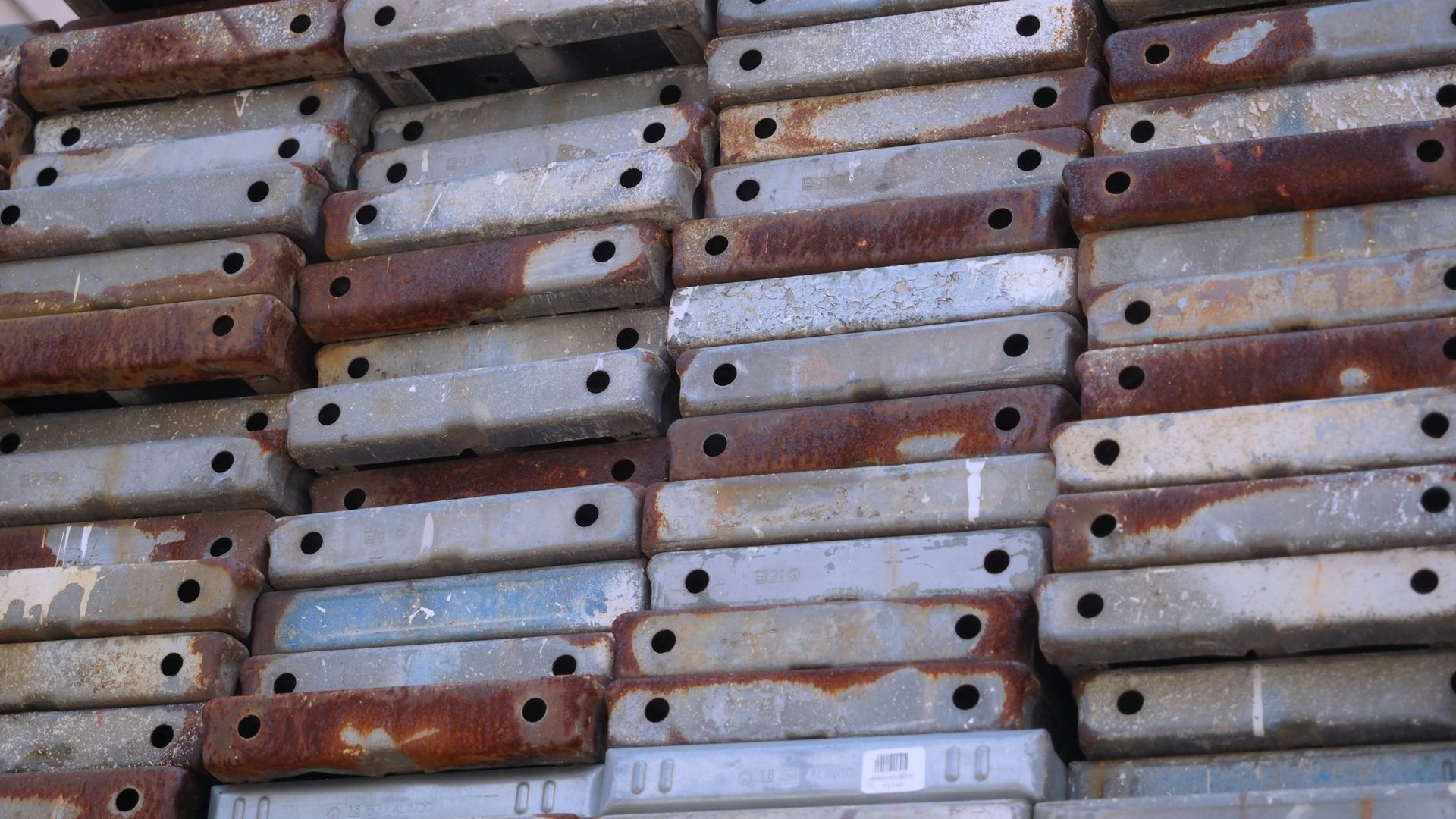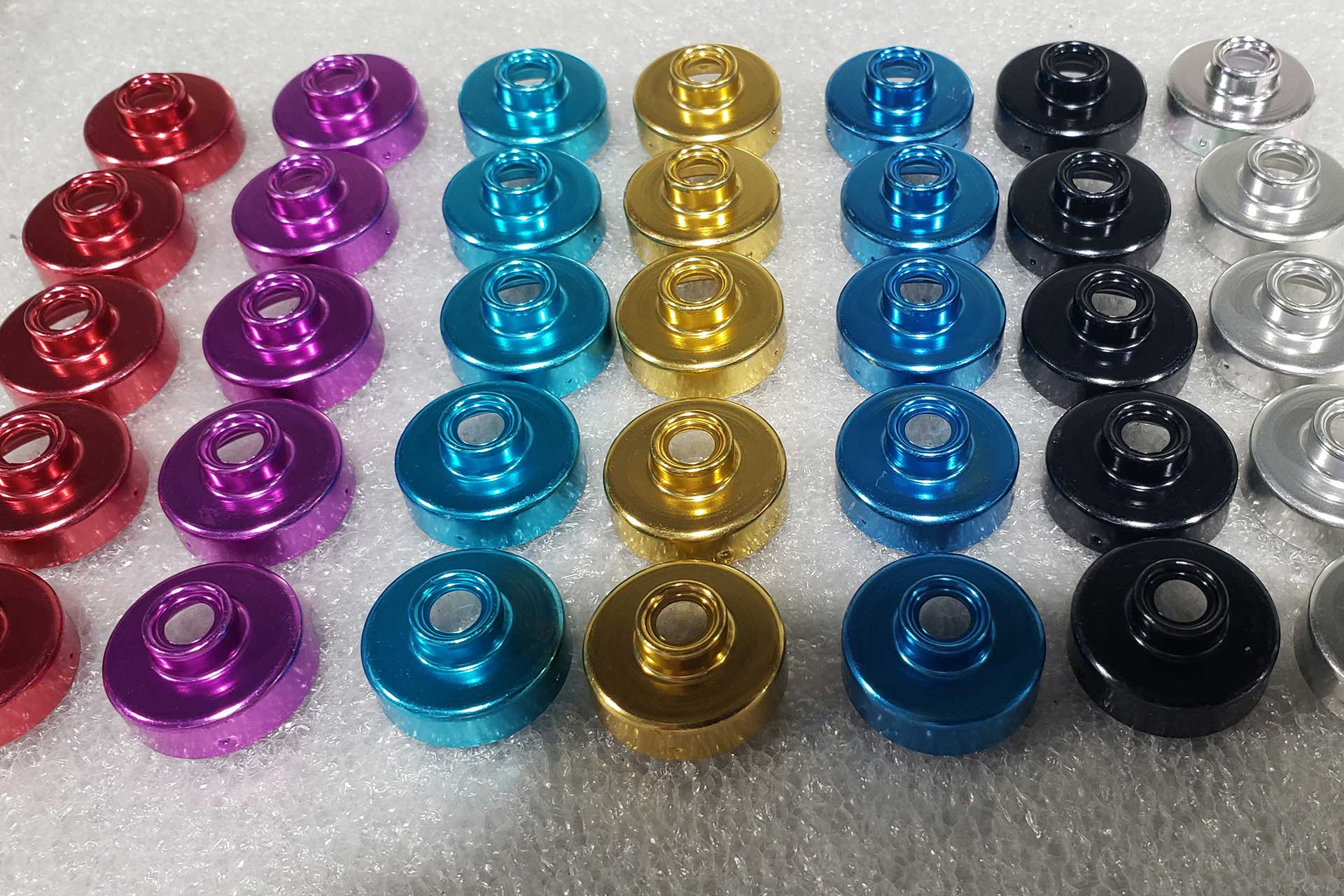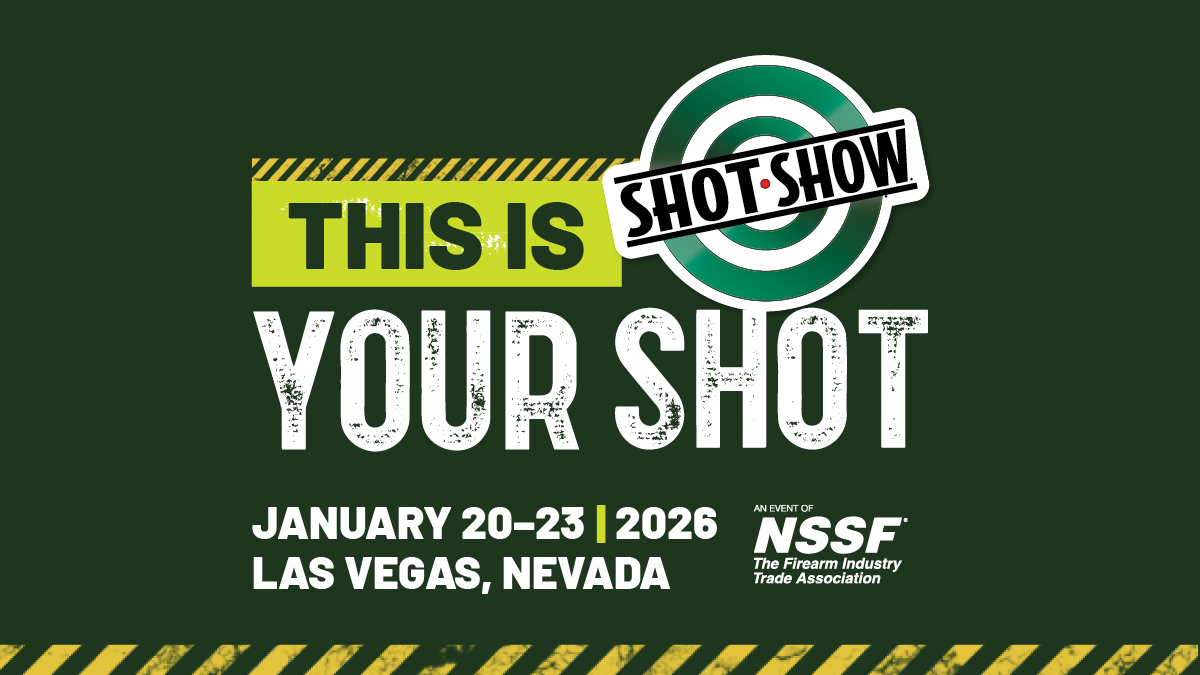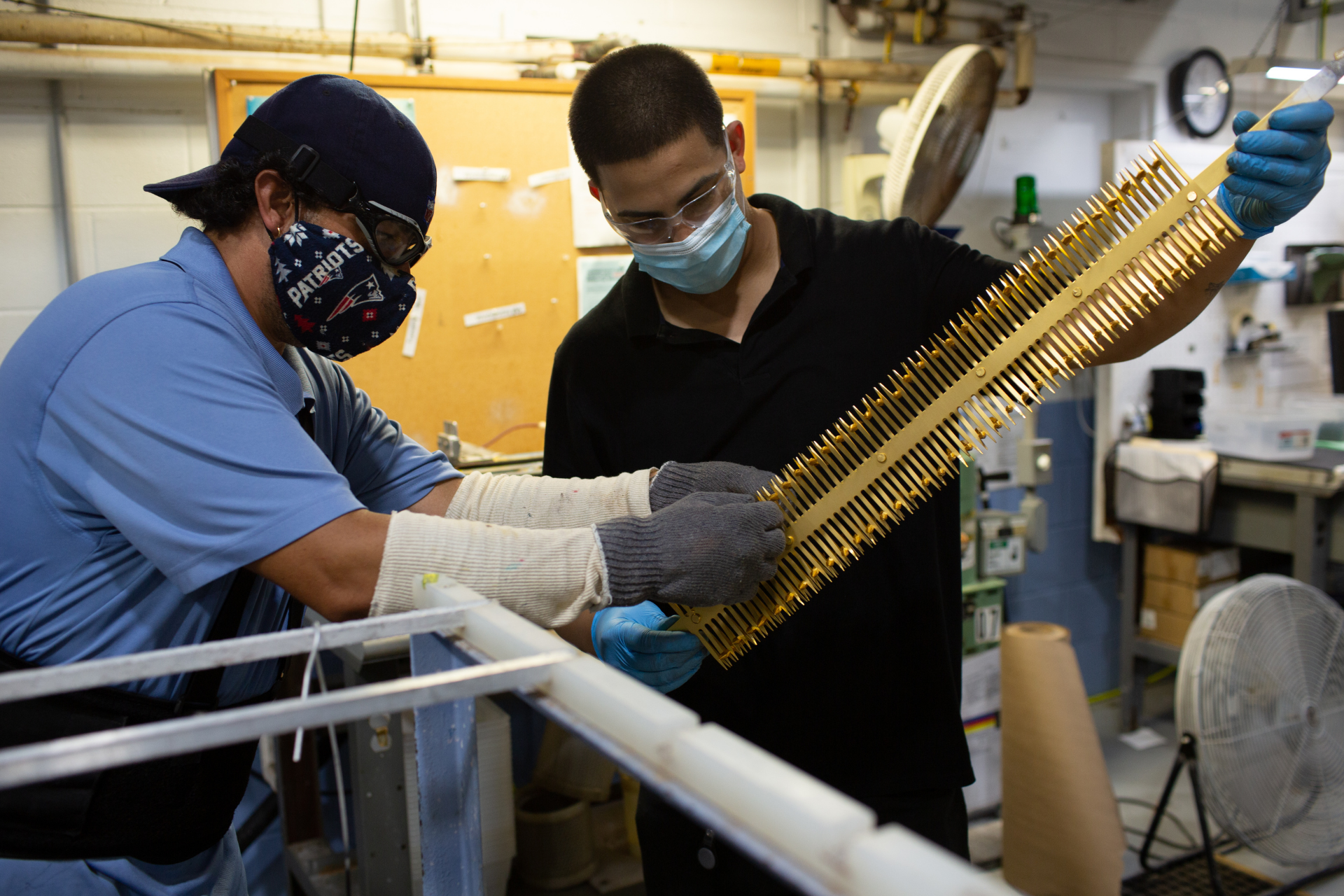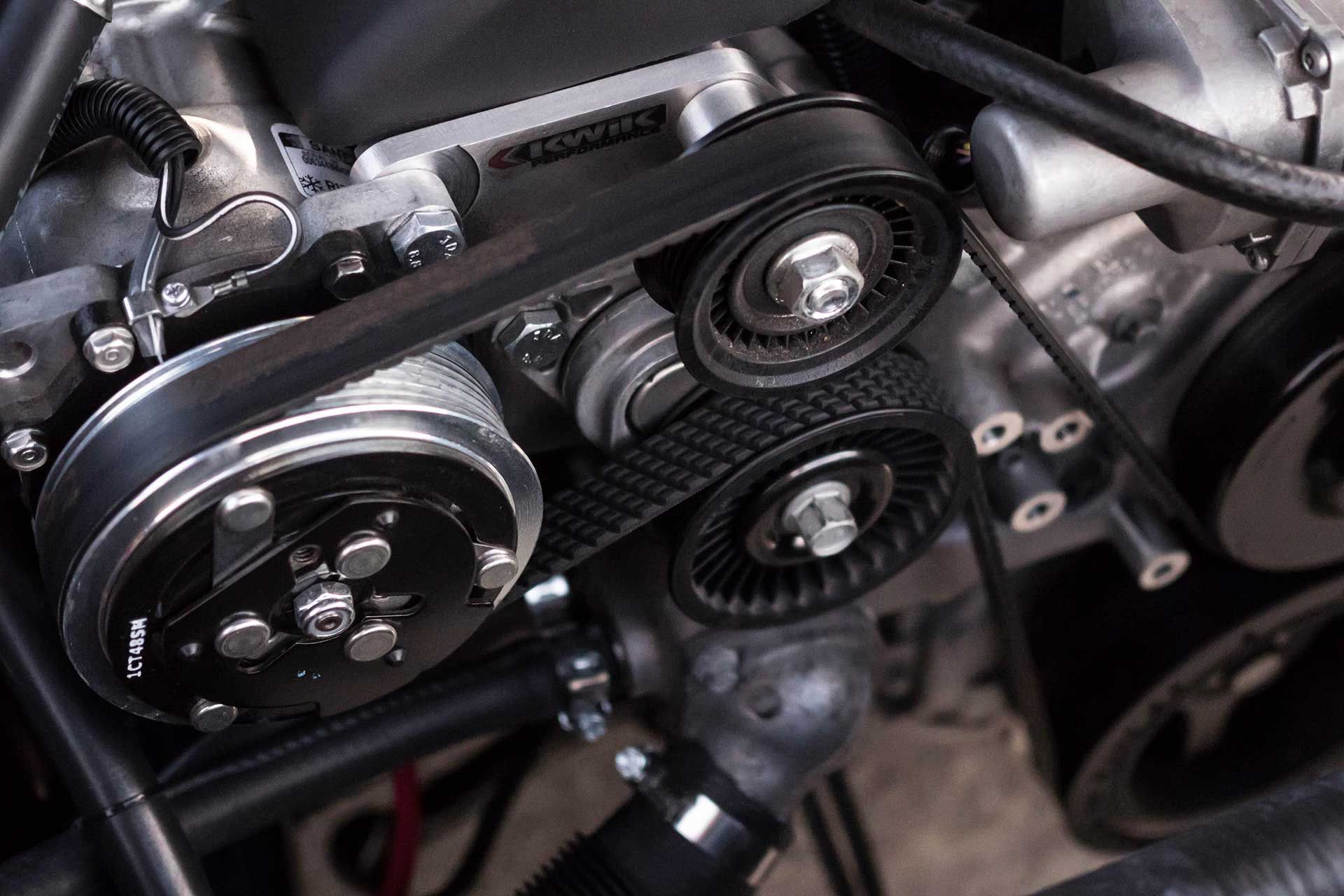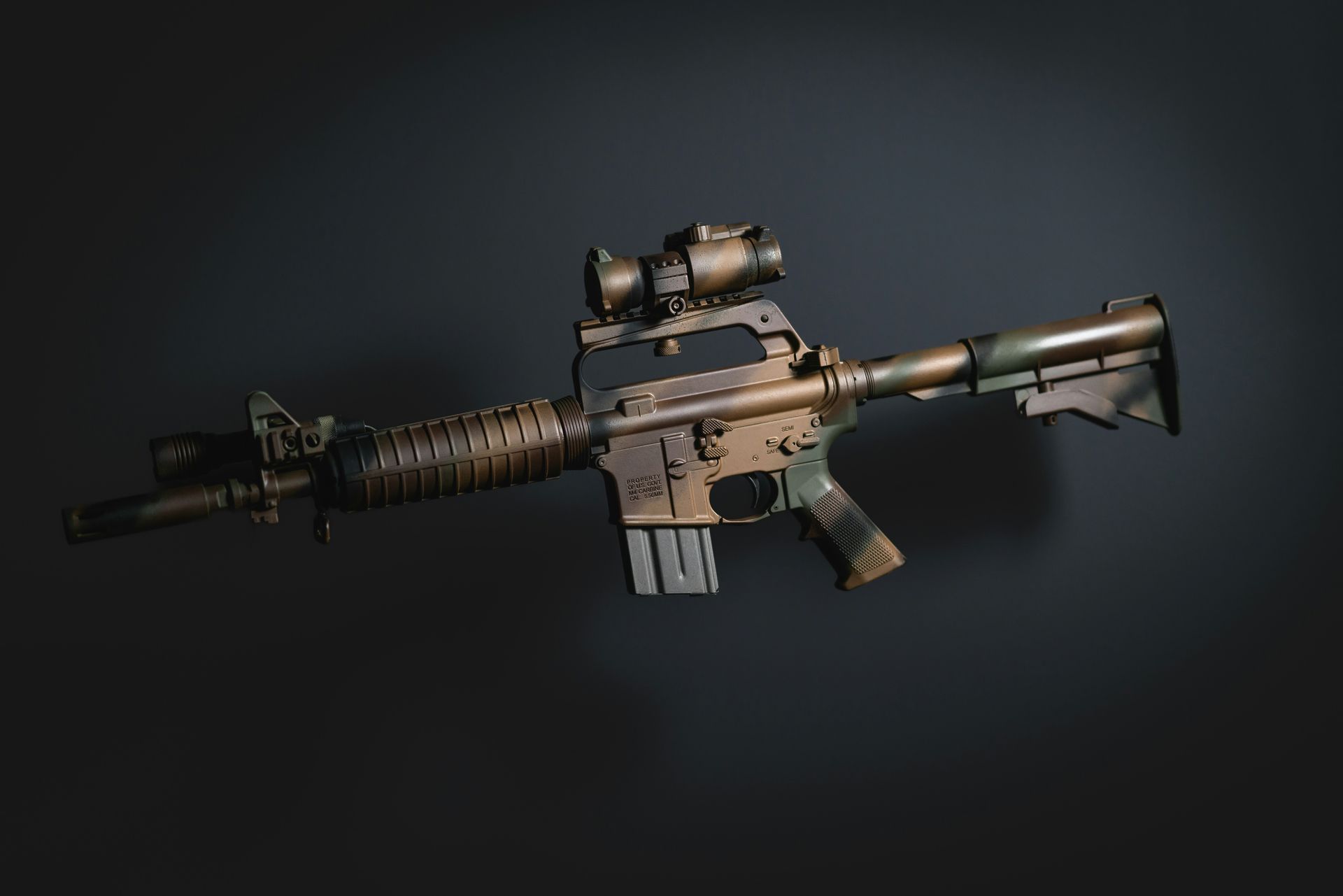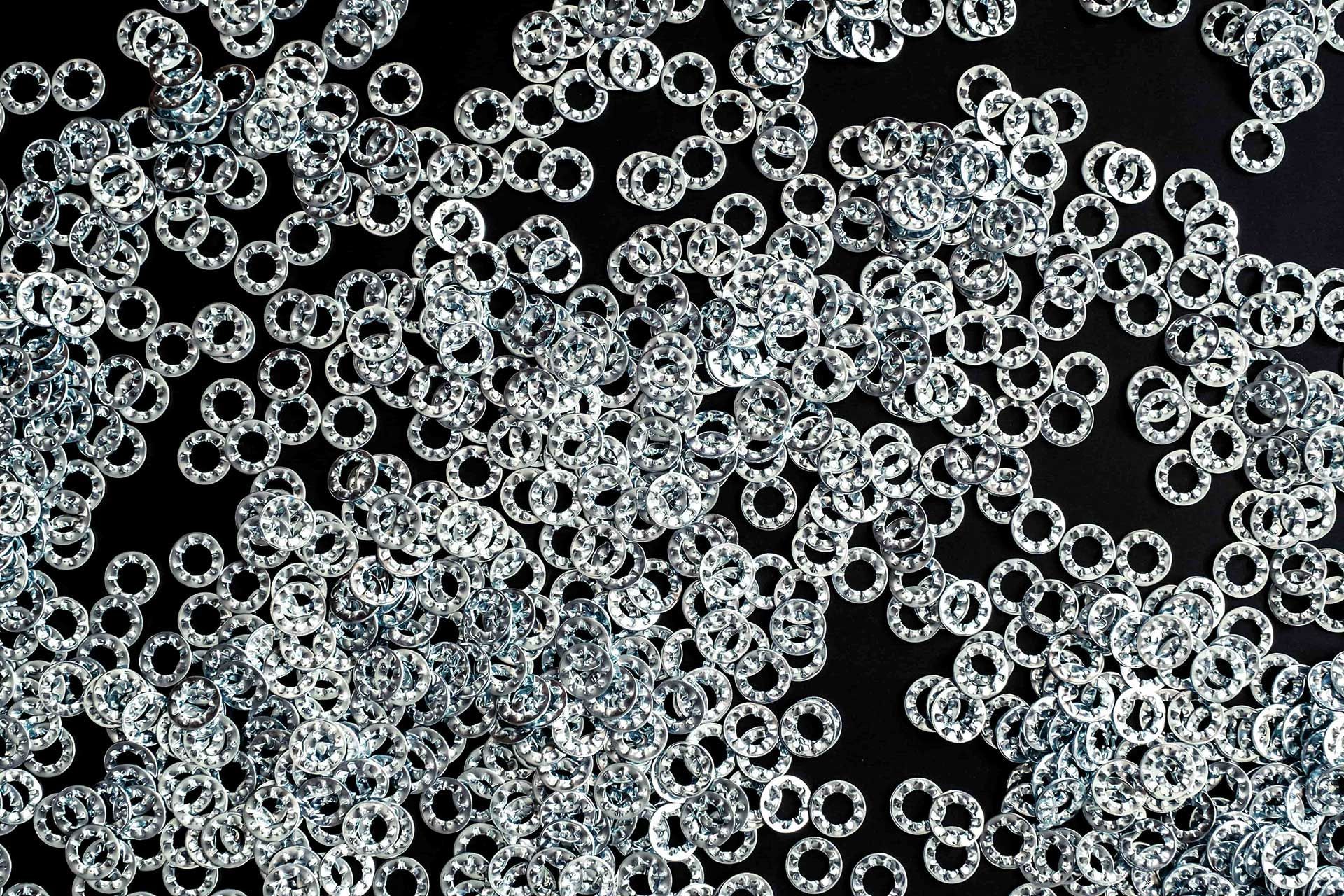Differences Between Sandblasting vs Soda Blasting vs Media Blasting
Choosing the right blasting method is crucial for achieving the desired results in metal finishing. This blog post explores the differences between three popular blasting techniques: sandblasting, soda blasting, and media blasting. Each method has unique characteristics, applications, and advantages, and understanding these can help professionals in the metal finishing industry make informed decisions.
What is Sandblasting?
Sandblasting, also known as abrasive blasting, is a widely used technique in the metal finishing industry for its efficiency in cleaning and preparing surfaces. This method employs a high-pressure system to propel abrasive sand particles onto the metal's surface, effectively stripping away unwanted materials such as rust, paint, and other coatings. The result is a uniformly rough surface profile, essential for ensuring the proper adhesion of subsequent coatings, such as paint or protective layers.
One key advantage of sandblasting is its versatility. It can be used on various metal surfaces, including steel, iron, and aluminum, making it a go-to choice for a wide range of industrial applications. From automotive parts to structural steel, sandblasting provides a quick and effective solution for surface preparation.
What is Soda Blasting?
Soda blasting is a relatively new technique in the world of abrasive blasting. It utilizes sodium bicarbonate (commonly known as baking soda) as the blasting media. This method is particularly noted for its gentle approach, making it an ideal choice for cleaning delicate parts and surfaces without causing any damage. Unlike traditional sandblasting, which can be too harsh for some materials, soda blasting provides a softer, more controlled surface treatment method.
One of the standout features of soda blasting is its non-toxic nature. Using baking soda as the blasting media ensures that the blasting process is environmentally friendly and safe for operators. This makes soda blasting an excellent option for applications where chemical safety and environmental impact are concerns, such as cleaning food processing equipment or restoring vintage vehicles.
Soda blasting is particularly effective for graffiti removal and cleaning historical artifacts. Its gentle yet effective cleaning action can remove unwanted paint or contaminants without harming the underlying surface, preserving the integrity of the original material. This makes it an invaluable tool in conservation efforts and restoration projects. However, while soda blasting offers many advantages, it is important to note that it is not as aggressive as sandblasting. This means that for heavy-duty cleaning tasks or for surfaces requiring a rough profile for coating adhesion, soda blasting may not be the most suitable method.
What is Media Blasting?
Media blasting is a versatile and adaptable technique that stands out for its ability to be customized to meet the specific needs of various applications. This method involves using different types of blasting media, such as glass beads, plastic, walnut shells, or aluminum oxide, each with its own set of advantages. The choice of media is determined by factors such as the material being blasted and the desired finish. For instance, glass beads can provide a smooth, bright finish on softer materials, while aluminum oxide is more aggressive and suited for tougher materials. This flexibility allows media blasting to cater to a broad spectrum of requirements, from delicate surface cleaning to aggressive rust removal.
One of the critical strengths of media blasting is its ability to strike a balance between the aggressiveness of sandblasting and the gentleness of soda blasting. This makes it ideal for various applications, from
automotive restoration and
aerospace maintenance to industrial cleaning and surface preparation for coatings. By selecting the appropriate blasting media, operators can achieve the desired level of abrasiveness, ensuring that the surface is adequately prepared without causing unnecessary damage. As a result, media blasting has become a popular and effective method for achieving various surface finishes, making it a valuable tool in the metal finishing industry.
Choosing the Right Blasting Method
Choosing the right blasting method is a crucial decision that can significantly impact the quality and effectiveness of your metal finishing project. Several factors must be taken into account to ensure the best results. The type of material being blasted is a primary consideration, as different materials have varying levels of hardness and sensitivity. For example, softer materials may require a gentler approach, like soda blasting, while harder materials can withstand more aggressive techniques, such as sandblasting or media blasting with aluminum oxide.
The desired finish is another important factor to consider. If a smooth, polished surface is needed, glass bead blasting might be the ideal choice. On the other hand, if the goal is to create a rough surface for better paint adhesion, sandblasting or a coarser media may be more appropriate. Environmental concerns also play a role in the decision-making process, as some blasting methods generate more dust or use materials that may have environmental implications. It's crucial to weigh these factors and choose a method that aligns with your project's goals and environmental regulations.
In addition to these considerations,
consulting with professionals in the metal finishing industry is highly recommended. Experts in abrasive blasting can provide valuable insights and recommendations based on their experience and knowledge of the latest techniques and technologies.
Contact LMC for Advice on Blasting Services
Understanding the differences between sandblasting, soda blasting, and media blasting is key to selecting the right method for your metal finishing project. Each technique offers unique advantages and is best suited for specific applications. If you're seeking
expert advice on blasting services, contact Light Metals Coloring (LMC) below for guidance on choosing the most effective method to achieve your desired results.
